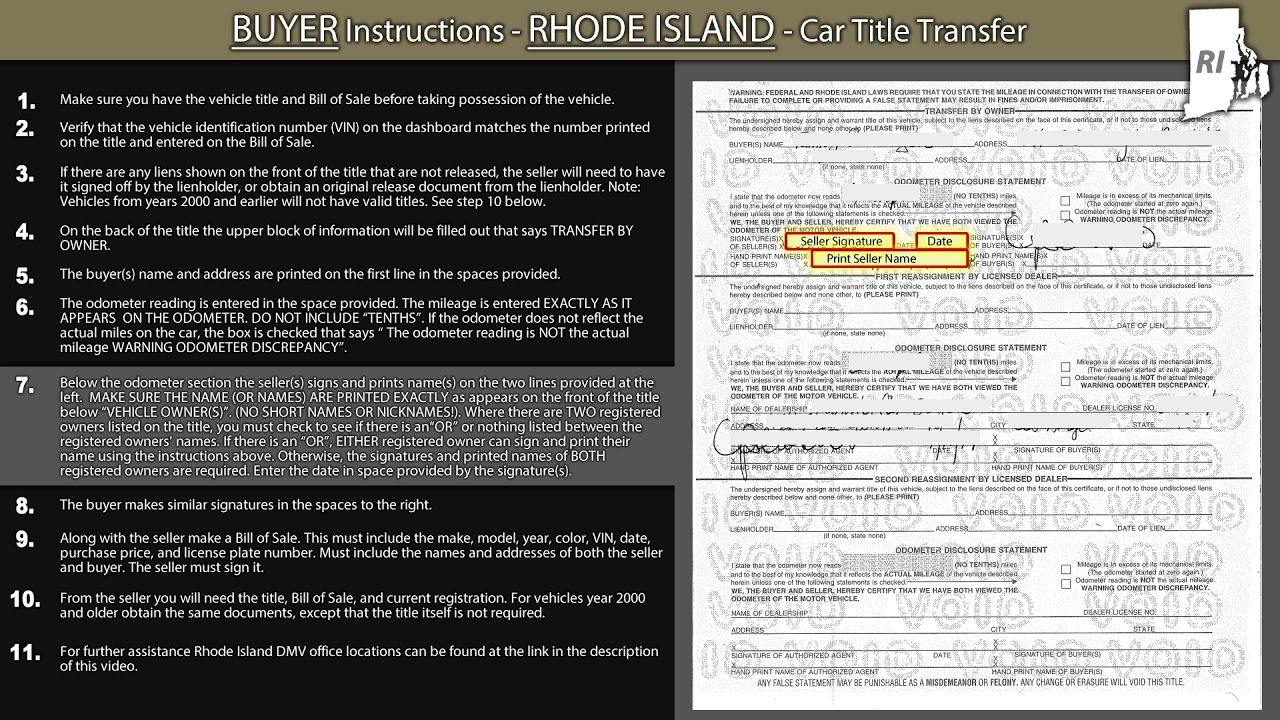Introduction to "How the States Got Their Shapes"
The television show "How the States Got Their Shapes" explores the intriguing histories behind the irregular boundaries of the United States. It delves into fascinating stories, political disputes, and geographic factors that shaped each state. One such state is Rhode Island, whose distinctive shape has captivated viewers around the country. In this article, we will explore the story behind Rhode Island’s shape in the show, shedding light on its historic origins, border disputes, and the impact of geography.
Overview of Rhode Island’s Shape
Rhode Island, the smallest state in the United States, possesses a unique shape that sets it apart from its neighbors. Stretching just 48 miles long and 37 miles wide, Rhode Island has a jagged coastline that gives it an irregular shape. Its northeastern border is mostly straight, while the southeastern and southwestern borders are characterized by numerous bays, inlets, and peninsulas. Interestingly, despite its small size, Rhode Island has the longest shoreline of any state along the Atlantic Ocean.
Rhode Island’s Historic Origins
Rhode Island’s shape can be traced back to its historic origins. The area that is now Rhode Island was initially occupied by Indigenous tribes, including the Narragansetts. In 1636, Roger Williams, a religious dissenter, fled the Massachusetts Bay Colony and established Providence Plantations, the first settlement in present-day Rhode Island. Over time, other settlements were established, each with its own distinct boundaries, contributing to the state’s irregular shape.
Factors Influencing Rhode Island’s Shape
Several factors influenced the shaping of Rhode Island’s boundaries. Firstly, the state’s geography played a significant role in determining its shape. Rhode Island’s coastline, with its numerous bays and peninsulas, influenced the positioning of its borders. Additionally, political disputes and negotiations between neighboring colonies and states further shaped Rhode Island’s boundaries. These factors combined to create the distinct shape that we see today.
Rhode Island’s Border Disputes
Rhode Island has a rich history of border disputes with its neighboring colonies and states. One of the most notable disputes was with Massachusetts Bay Colony, which claimed a significant portion of present-day Rhode Island. The dispute centered around conflicting land grants and jurisdictional claims. This disagreement led to a prolonged boundary dispute that was eventually resolved through the intervention of King George II of England in 1746.
Colonial Era and Rhode Island’s Boundaries
During the colonial era, Rhode Island’s boundaries were subject to frequent changes and adjustments. As various colonies expanded their territories, conflicts over land ownership arose. Rhode Island, being a relatively small and vulnerable colony, faced continuous border disputes with its more powerful neighbors, including Connecticut and Massachusetts. These disputes shaped the state’s boundaries and contributed to its irregular shape.
Rhode Island’s Unique Relationship with Connecticut
Rhode Island’s boundaries have been greatly influenced by its complex relationship with Connecticut. The two neighboring colonies had overlapping land claims and often clashed over territory. In 1662, a royal charter granted Connecticut a strip of land that extended across Rhode Island’s southwestern border, leading to ongoing disputes. The exact boundary between Rhode Island and Connecticut was not definitively settled until 1728.
Evolution of Rhode Island’s Boundary with Massachusetts
The boundary between Rhode Island and Massachusetts has also undergone significant changes over time. In the early days of colonial settlement, Massachusetts claimed a considerable portion of present-day Rhode Island. However, through a series of negotiations and border settlements, Rhode Island gradually regained control of its territory. The final boundary between Rhode Island and Massachusetts was established in 1862.
Impact of Geography on Rhode Island’s Shape
Rhode Island’s shape is heavily influenced by its geography, particularly its location along the Atlantic coast. The state’s numerous bays, inlets, and islands contribute to its irregular coastline. The presence of Narragansett Bay, which extends inland, further shapes Rhode Island’s boundaries. The state’s geography also played a role in its economic development, as its coastline facilitated maritime trade and the establishment of prosperous port cities.
Rhode Island’s Coastal Influence
Rhode Island’s shape is closely tied to its coastal influence. The state’s jagged coastline is dotted with picturesque beaches, harbors, and seaside towns. Rhode Island’s economy and culture have long been intertwined with the ocean, with fishing, whaling, and shipbuilding playing essential roles throughout its history. The coastline is not only a defining feature of Rhode Island’s shape but also a significant aspect of its identity.
Rhode Island’s Shape in "How the States Got Their Shapes"
In the television show "How the States Got Their Shapes," Rhode Island’s shape is portrayed as a product of its unique history and geography. The show highlights the state’s numerous border disputes with neighboring colonies and states, shedding light on the complex negotiations and conflicts that shaped Rhode Island’s boundaries. Additionally, the impact of Rhode Island’s coastline on its shape and identity is explored, emphasizing the state’s close relationship with the ocean.
Conclusion: Rhode Island’s Shape in Historical Context
Rhode Island’s irregular shape is a testament to its fascinating history and the interplay of various factors. From its colonial origins and border disputes to its unique geography and coastal influence, Rhode Island’s boundaries have been shaped by a complex web of historical events. Understanding the story behind Rhode Island’s shape not only provides insight into the state’s past but also highlights the intricate processes that shaped the boundaries of the United States as a whole.





